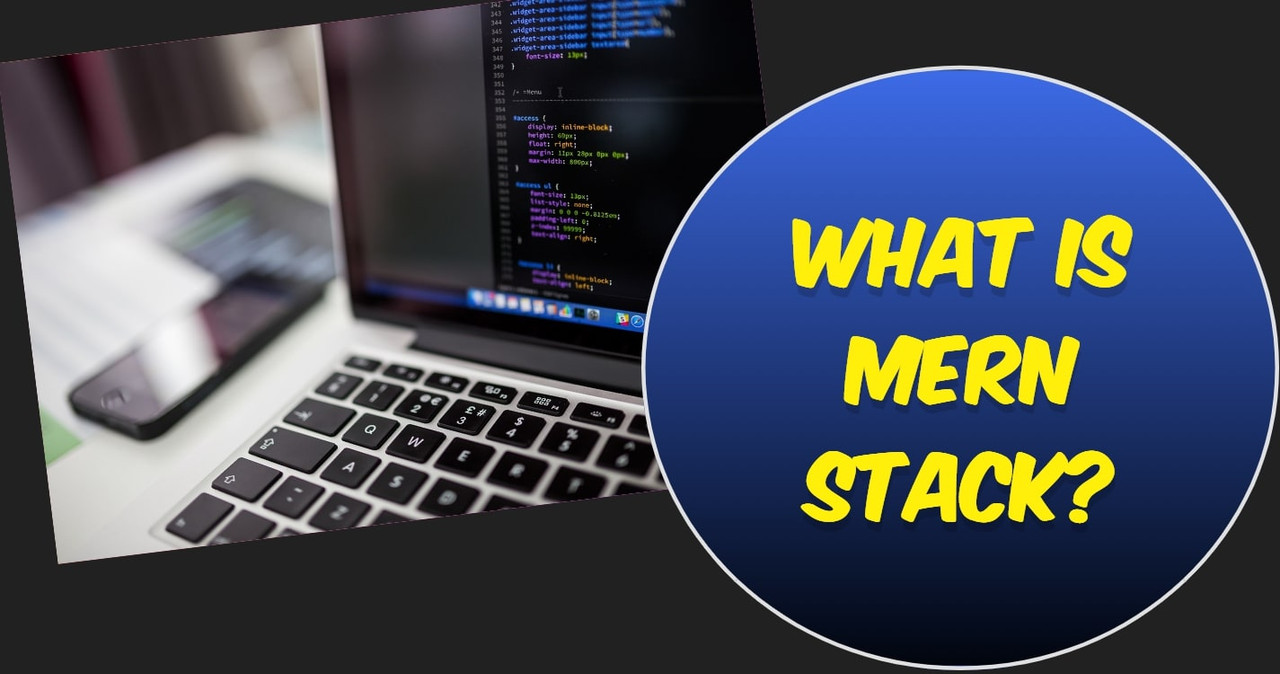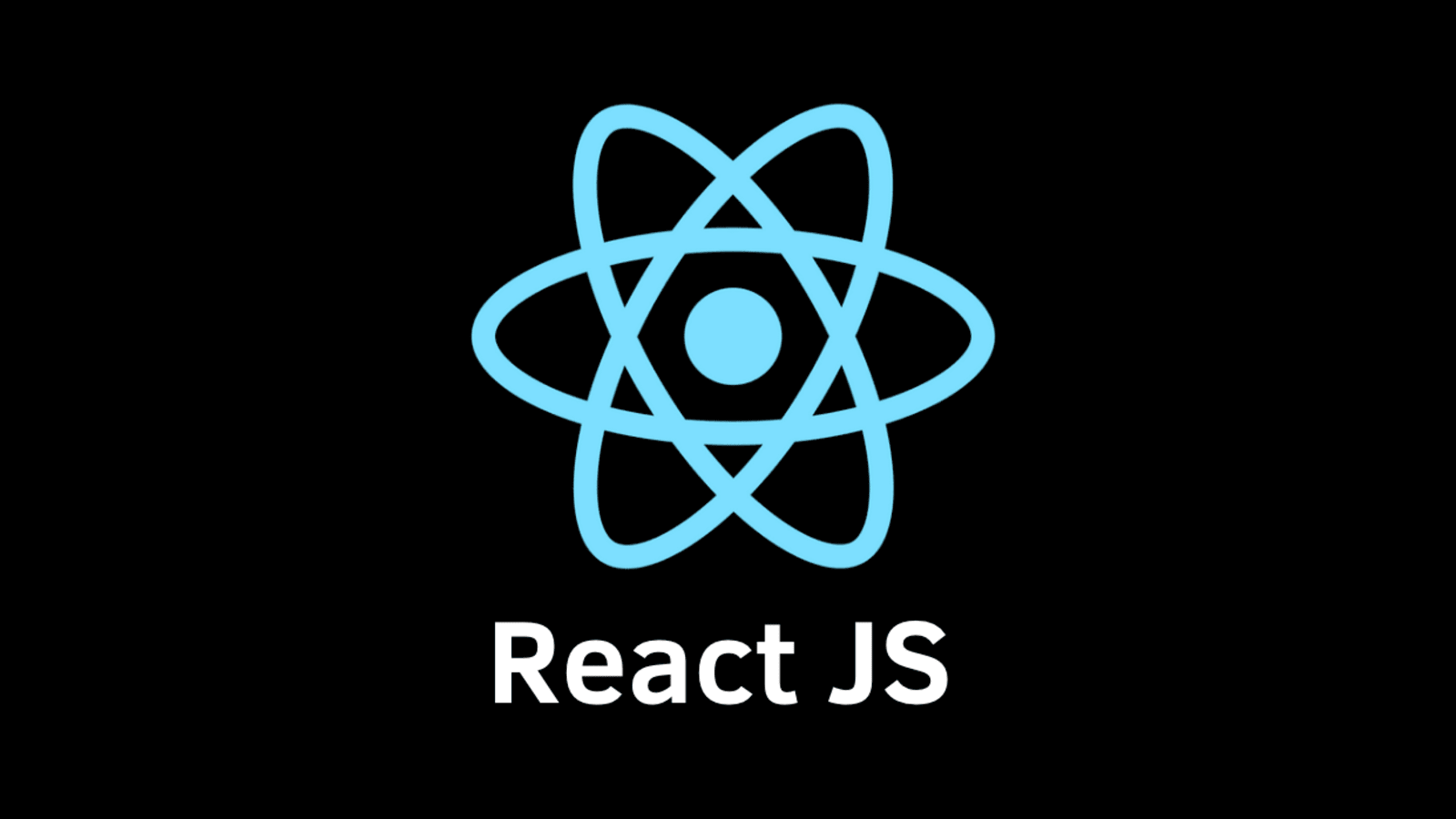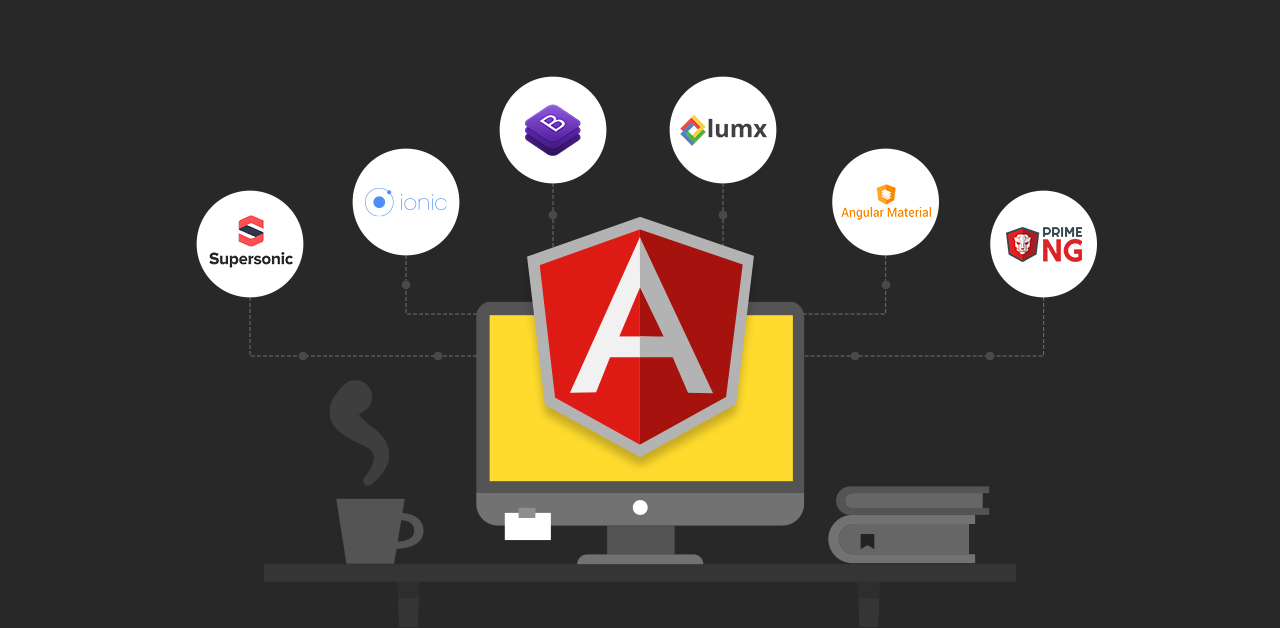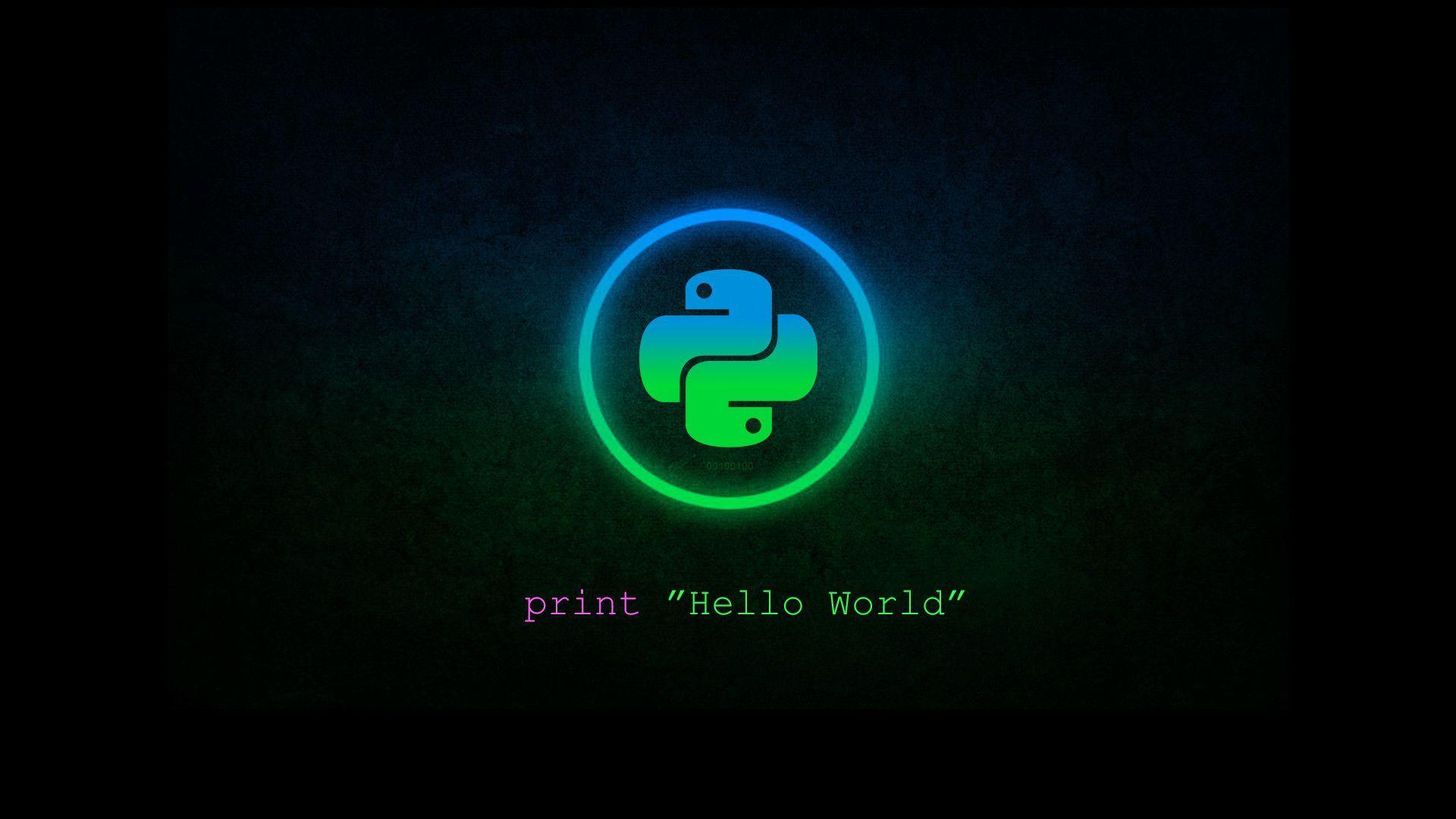
Advanced Guide to C++ STL for Competitive Programming
Introduction to STL
The C++ Standard Template Library (STL) is a powerful set of C++ template classes to provide general-purpose classes and functions with templates that implement many popular and commonly used algorithms and data structures. For competitive programming, STL is an essential tool that can significantly reduce development time and improve code reliability.
Core Components of STL
1. Containers
Objects that store data. STL includes the following container classes:
Sequence Containers:
vector
Dynamic array that can grow and shrink in size.
#include <vector>
vector<int> v = {1, 2, 3};
v.push_back(4); // Add element
v.pop_back(); // Remove last element
v.size(); // Get size
v.empty(); // Check if empty
v[0]; // Access element
list
Doubly linked list implementation.
#include <list>
list<int> lst = {1, 2, 3};
lst.push_back(4); // Add to end
lst.push_front(0); // Add to front
lst.pop_back(); // Remove from end
lst.pop_front(); // Remove from front
deque
Double-ended queue with dynamic array implementation.
#include <deque>
deque<int> dq = {1, 2, 3};
dq.push_back(4); // Add to end
dq.push_front(0); // Add to front
dq.pop_back(); // Remove from end
dq.pop_front(); // Remove from front
Associative Containers:
set
Sorted unique elements.
#include <set>
set<int> s = {3, 1, 2, 1}; // Stores: {1, 2, 3}
s.insert(4); // Insert element
s.erase(1); // Remove element
s.count(2); // Count occurrences (0 or 1)
s.find(3); // Find element
map
Sorted key-value pairs with unique keys.
#include <map>
map<string, int> m;
m["apple"] = 1;
m["banana"] = 2;
m.count("apple"); // Check if key exists
m.erase("banana"); // Remove key-value pair
multiset & multimap
Allow duplicate elements/keys.
#include <set>
#include <map>
multiset<int> ms = {1, 1, 2, 2, 3};
multimap<string, int> mm;
mm.insert({"apple", 1});
mm.insert({"apple", 2});
Unordered Containers:
unordered_set & unordered_map
Hash table implementations with O(1) average time complexity.
#include <unordered_set>
#include <unordered_map>
unordered_set<int> us = {3, 1, 2};
unordered_map<string, int> um;
um["fast"] = 1; // O(1) insertion
us.find(2); // O(1) lookup
2. Algorithms
STL provides various algorithms for sorting, searching, and manipulating containers:
Sorting Algorithms
#include <algorithm>
vector<int> v = {3, 1, 4, 1, 5};
sort(v.begin(), v.end()); // Sort ascending
sort(v.begin(), v.end(), greater<int>()); // Sort descending
// Custom sort
sort(v.begin(), v.end(),
[](int a, int b) { return a > b; }); // Lambda function
Binary Search
// On sorted containers:
binary_search(v.begin(), v.end(), 3); // Returns bool
lower_bound(v.begin(), v.end(), 3); // First element >= value
upper_bound(v.begin(), v.end(), 3); // First element > value
Other Common Algorithms
// Min/Max
*max_element(v.begin(), v.end());
*min_element(v.begin(), v.end());
// Sum
accumulate(v.begin(), v.end(), 0);
// Count
count(v.begin(), v.end(), 1);
// Find
find(v.begin(), v.end(), 5);
// Reverse
reverse(v.begin(), v.end());
// Next permutation
next_permutation(v.begin(), v.end());
LeetCode Problems and Solutions
1. Two Sum (LeetCode #1)
Problem: Find two numbers in an array that add up to a target.
vector<int> twoSum(vector<int>& nums, int target) {
unordered_map<int, int> map;
for (int i = 0; i < nums.size(); i++) {
int complement = target - nums[i];
if (map.count(complement))
return {map[complement], i};
map[nums[i]] = i;
}
return {};
}
Key concept: Using unordered_map for O(1) lookup
2. Valid Parentheses (LeetCode #20)
Problem: Check if string has valid parentheses.
bool isValid(string s) {
stack<char> st;
for (char c : s) {
if (c == '(' || c == '{' || c == '[')
st.push(c);
else {
if (st.empty()) return false;
if (c == ')' && st.top() != '(') return false;
if (c == '}' && st.top() != '{') return false;
if (c == ']' && st.top() != '[') return false;
st.pop();
}
}
return st.empty();
}
Key concept: Using stack for matching pairs
Competitive Programming Tips
Time-saving Techniques
- Use typedef for long types:
typedef long long ll; typedef vector<int> vi; typedef pair<int,int> pi; - Fast I/O for large inputs:
ios_base::sync_with_stdio(false); cin.tie(NULL); - Use '\n' instead of endl for faster output
Common Patterns
- Use unordered_map/set instead of map/set when order doesn't matter
- For sliding window problems, use deque
- For graph problems, use vector<vector<int>> for adjacency list
- Use priority_queue for heap operations
Practice Resources
- LeetCode - Start with Easy problems focusing on specific data structures
- Codeforces - For real competitive programming experience
- AtCoder - For practicing implementation skills
- SPOJ - For classical algorithmic problems
Keywords

Top 10 Frontend Frameworks for Web Development
Discover the top frontend frameworks that power modern web development. From React.js and Vue.js to Angular and Svelte, explore the features, benefits, and use cases of each framework. Whether you're

History of Programming Languages ⚡
Embark on a captivating journey through the history of programming, from its humble beginnings in the 19th century to the cutting-edge innovations of the 21st century. Discover the key milestones, gro

Understanding MERN Stack: The Easiest Full-Stack Development Tools
Discover the MERN stack, a popular full-stack development framework combining MongoDB, Express.js, React.js, and Node.js. Learn why it's considered one of the easiest and most efficient tools

Big O Notation: asymptotic analysis (big-o notation)
This article will cover the basics of Big O notation, explaining its importance in algorithm analysis. It will break down common complexities and provide examples to demonstrate how Big O affects perf

Top Linux Commands You Must Know As Linux User ?
Linux is a powerful and versatile operating system widely used in various computing environments, from servers and workstations to embedded systems and supercomputers. At the heart of Linux lies its c

Top Git Commands you must know | Git and Github
Git is an essential tool for modern software development, enabling developers to manage and collaborate on code efficiently. In this comprehensive guide, we'll explore the top Git commands and workflo

React.js Essentials: A Beginner's Journey
React.js is a revolutionary JavaScript library for building dynamic user interfaces. This comprehensive guide takes you on a beginner's journey to master React.js essentials. Explore the core concepts

Setting Up a Linux Dedicated Server for Web Development
This article provides a comprehensive guide on setting up a Linux-based dedicated server for hosting PHP websites and Node.js websites. It is divided into two sections, one for PHP website hosting and

Configuring a Linux Server for Python and Ruby on Rails Development
This comprehensive article guides you through the process of configuring a Linux server for web development using Python and Ruby on Rails. It is divided into three main sections: Python Web Developme

Cloud platforms : Aws, Google Cloud and Microsoft Azure
Cloud platforms offer businesses unprecedented scalability, flexibility, and cost-efficiency. This beginner's guide demystifies the concept, exploring the key players – Amazon Web Services, Mic

Angular js : Let's learn something about Angular js
AngularJS, created by Misko Hevery and Adam Abrons in 2009, is a powerful JavaScript framework for building dynamic web applications. This guide covers its creation, syntax, and key features, such as

Flutter: A cross platform development technology.
Flutter is an open-source UI software development toolkit created by Google. It is used to develop cross-platform applications for Android, iOS, Linux, macOS, Windows, Google Fuchsia, and the web from

Login Interface using Flutter - Cross Platform
Flutter is a powerful framework for building cross-platform mobile applications. It provides a wide range of widgets and tools that make UI development straightforward and efficient. In this article,
















